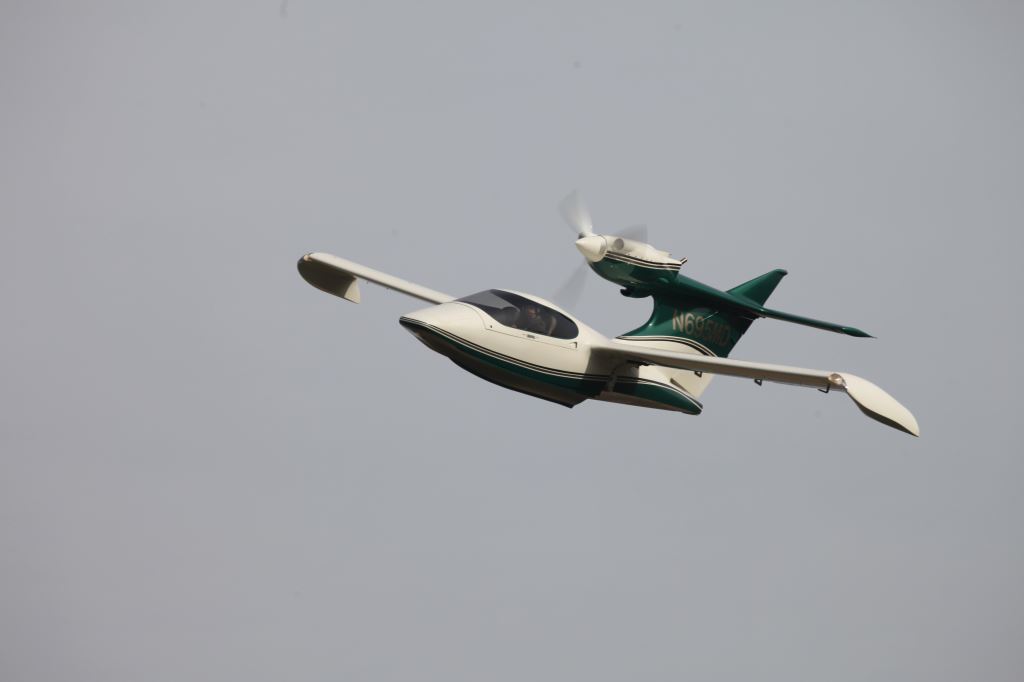timwinters
Ejection Handle Pulled
...didn't Barry Schiff actually disprove his own premise in this article?
https://www.aopa.org/news-and-media/all-news/2016/may/pilot/proficientpilot
i.e. rather than disprove that one can get "on step" didn't he simply prove that there's more than one way to achieve it?
This was in the May issue. I haven't scoured June or July to see if it elicited mail.
https://www.aopa.org/news-and-media/all-news/2016/may/pilot/proficientpilot
i.e. rather than disprove that one can get "on step" didn't he simply prove that there's more than one way to achieve it?
This was in the May issue. I haven't scoured June or July to see if it elicited mail.
Last edited:

